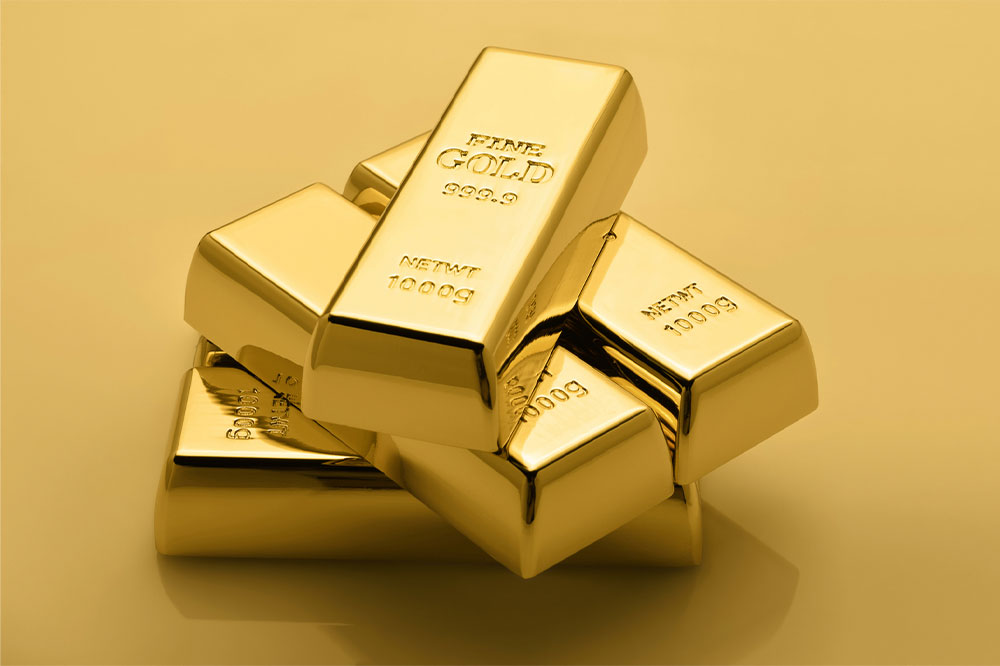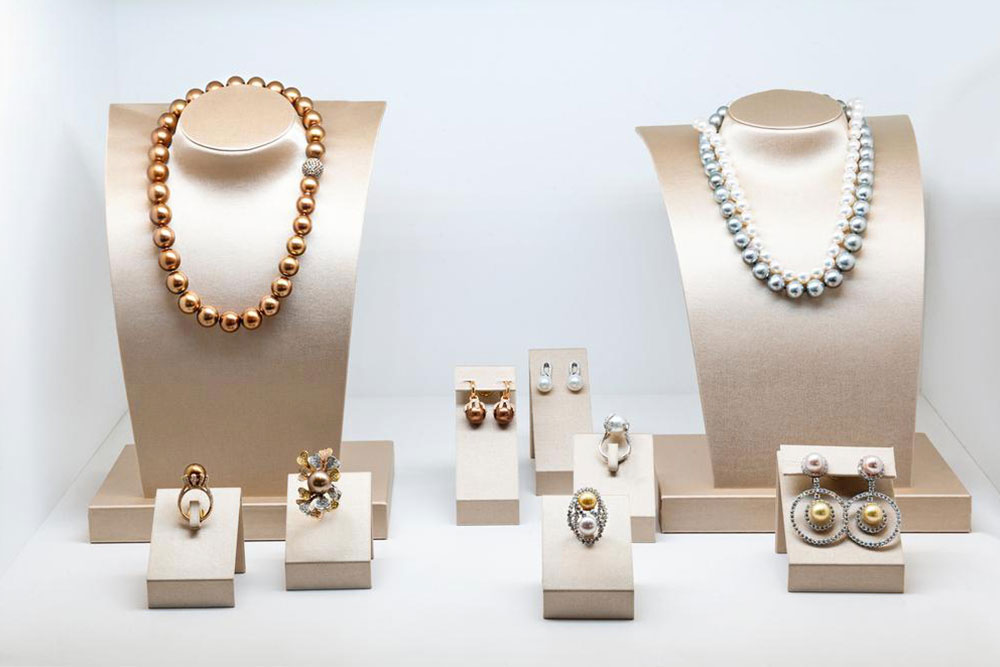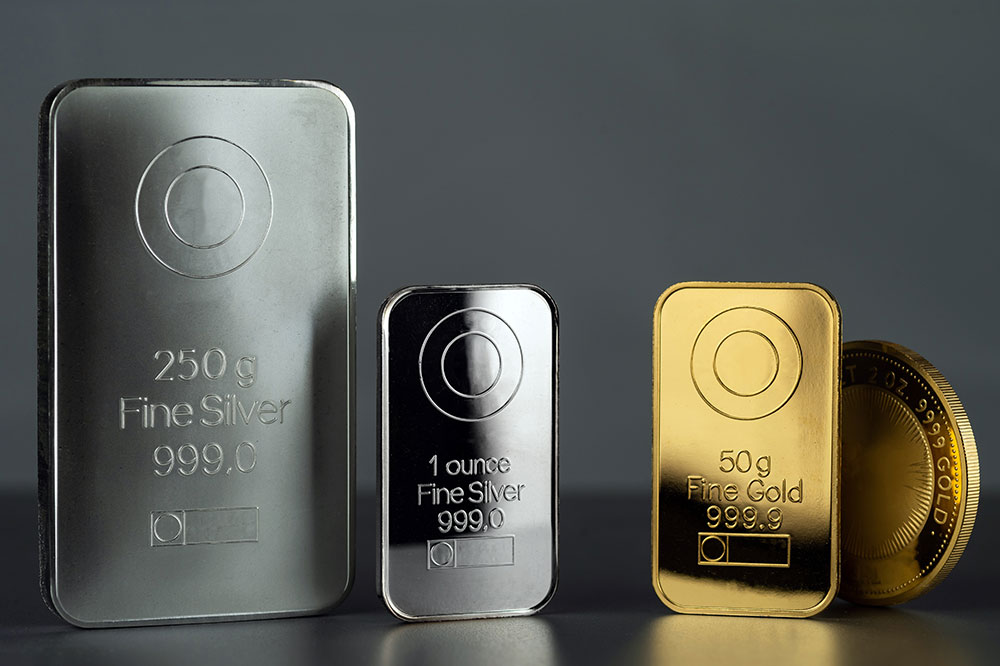Understanding Precious Metals: An Essential Guide
This article explores the world of precious metals, highlighting their definitions, key types, sources, and why they hold exceptional value. It covers metals like gold, platinum, rhodium, and silver, detailing their industrial uses, sources worldwide, and investment significance. Understanding these metals’ scarcity and applications helps investors and industry players make informed decisions. The guide also emphasizes the importance of rarity in determining a metal's worth, encouraging ongoing research and market awareness for future opportunities.

Understanding Precious Metals: An Essential Guide
Out of the 94 elements on the Periodic Table, only a handful are classified as precious metals. These rare metals are highly valued for their scarcity and unique properties. Commonly used in jewelry, some serve as investment assets while others are vital in industrial manufacturing, electronics, and automotive parts. Knowing their sources and significance is essential for investors and industry professionals alike.
What Defines Precious Metals?
Gold, silver, and platinum have historically been regarded as the most precious. These metals remain popular choices for trading and investment today, especially gold, which central banks and governments use as a hedge against currency inflation.
Currently, nine metals are recognized as the most precious based on their rarity and availability:
Platinum
The most common rare metal with a presence of just 0.003 parts per billion, platinum is highly malleable, corrosion-resistant, and widely used in catalytic converters and jewelry.
Rhenium
Produced mainly as a by-product of copper mining, rhenium has high density and a melting point, making it useful in aerospace and industrial applications.
Ruthenium
A durable, shiny, silver-white metal, ruthenium is crucial in electronics for electrical contacts, in solar technology, and as a catalyst.
Rhodium
The rarest and most valuable, rhodium boasts high reflectivity, corrosion resistance, and is mainly used in catalytic converters and optical coatings.
Iridium
Iridium features a high melting point, density, and whiteness, often used in high-precision instruments like compass bearings, meter bars, and spark plugs.
Osmium
The densest naturally occurring metal, osmium is extremely hard and brittle, used in electrical contacts and specialized devices.
Gold
Known for its malleability, gold remains the prime choice for investment, jewelry, and technological applications.
Palladium
This grayish-white metal withstands high heat and is essential in automotive catalytic converters, electronics, and dentistry.
Silver
Silver is an excellent conductor, widely used in jewelry, electronics, batteries, and tableware due to its shine and conductivity.
Sources of these rare metals vary worldwide:
Platinum is chiefly mined in South Africa and Canada.
Rhenium is obtained from copper ore processing residues.
Ruthenium is found in North and South America and Russia.
Rhodium is primarily mined in South Africa, Canada, and Russia.
Iridium deposits are located in the US, Russia, South Africa, and Australia.
Osmium comes from North and South America, and Russia.
Gold is mined mainly in the US, South Africa, China, and Australia.
Palladium is predominantly found in Brazil.
South American countries like Mexico, Peru, and Chile dominate silver production, with China as a leading producer.
Why are these metals considered precious?
The rarity and limited availability of these metals underpin their high economic value. Their scarcity drives demand and investment interest, with ongoing research aiming to expand their applications. Recognizing which metals hold more value is vital for investors and industries alike.










